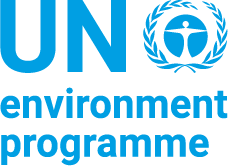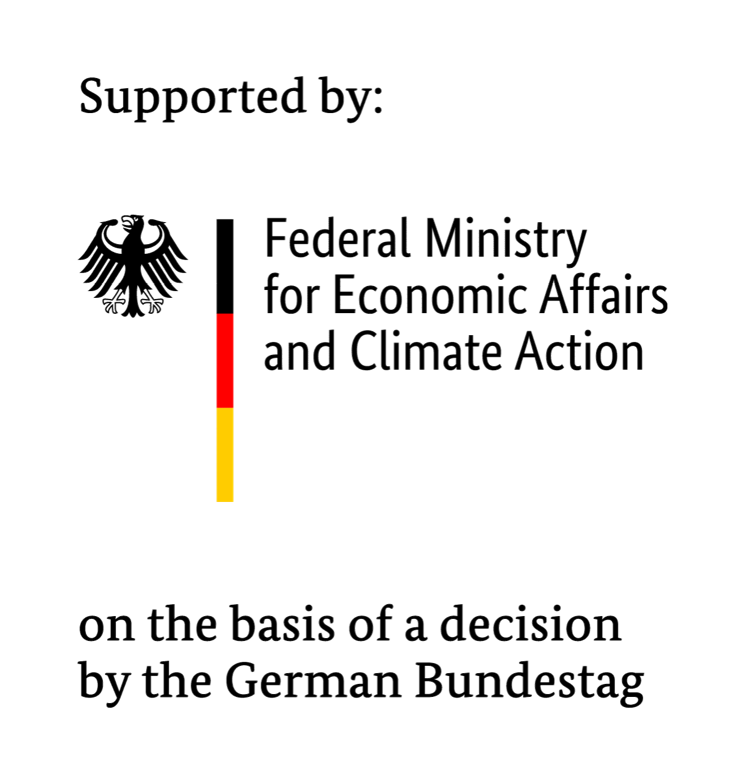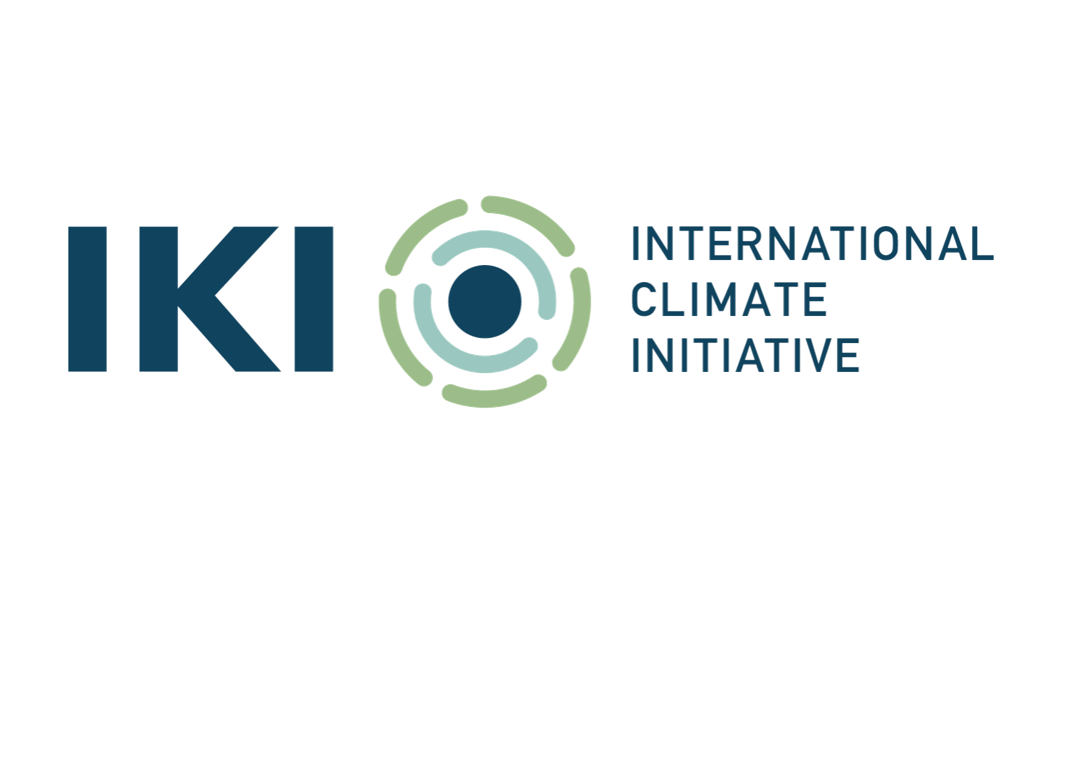Case Studies and Lessons Learnt :
Tools:
This tool provides an introductory guideline to support off-takers, solar developers, EPCs and investors involved in the commercial and industrial business sector to understand the various financing options for captive solar PV electricity generation projects available in the market and to support them in choosing the optimum solution for their needs.
Tool 2: Cost Benefit Analysis of Renewable Energy Programmes
The aim of this Tool 3 is to describe how to use a sample financial model that has been created under Component 2. This document also provides information that needs to be considered in order to develop an “ownership-based” solar PV model. The financial model can be availed upon request.
Tool 4 provides guidelines for the technical development of the PV captive solar installations, based on the best practices currently adopted by the industry and developed by international organizations such as IFC (International Finance Corporation), IEA (International Energy Agency), the German cooperation agency GIZ and the United Nations Development Programme (UNDP)’s CEDRO 4 programme.
Application Forms:
Kenya:
This is the first part of our 2-day Webinar on Clean Captive Installation in Sub-Saharan Africa. Session 1 was successfully broadcasted on 15th September 2020 on the topic of introducing the CCI project and Open Call for Proposal for pilot projects eligible for grants support. Presentation of session 1 can be downloaded here.
Ghana:
Open Call for Proposal Framework Document
Ghana Webinar Session 1 Presentation
Ghana Webinar Session 2 Presentation
South Africa:




